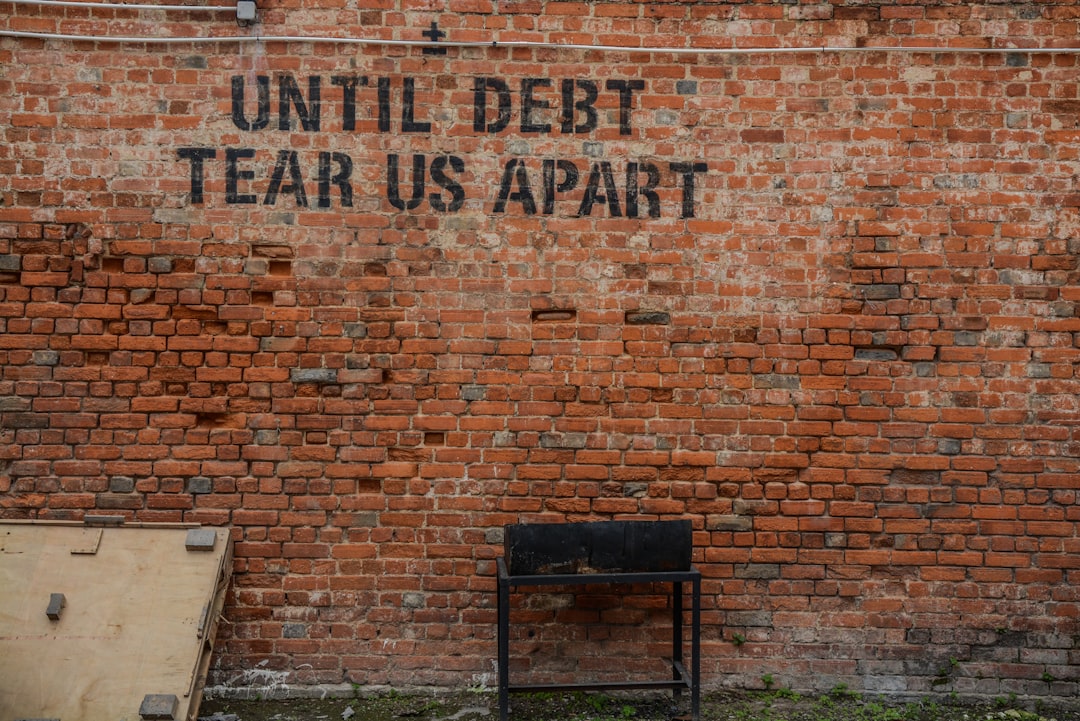An unsecured debt consolidation loan helps homeowners merge multiple high-interest debts into one lower-rate loan, simplifying repayment and saving money. To qualify, maintain strong credit and income, compare offers, and aim for a better rate by improving your score. Repayment stress decreases as the loan consolidates creditors, while lower rates and flexible terms make management easier. Mistakes like skipping comparisons or dishonest assessments can hurt; budget realistically to ensure successful debt management.
Looking to simplify your home loans? Consolidating your homeowner loans into a single, lower-interest loan can offer substantial financial relief. This article guides you through understanding what is an unsecured debt consolidation loan and its numerous benefits. Learn how to qualify, secure a better rate, and repay effortlessly. We’ll also highlight common mistakes to avoid during the process, ensuring you make informed decisions for a brighter financial future.
- Understanding Unsecured Debt Consolidation Loans
- Benefits of Combining Multiple Homeowner Loans
- How to Qualify for an Unsecured Debt Consolidation Loan
- Steps to Secure a Lower Interest Rate
- Repaying Your Consolidated Loan Effortlessly
- Common Mistakes to Avoid During Consolidation
Understanding Unsecured Debt Consolidation Loans

An unsecured debt consolidation loan is a financial tool designed to simplify and potentially reduce the burden of multiple outstanding debts. In this scenario, homeowners with various loans, such as credit card balances, personal loans, or even existing home equity loans, can combine these debts into a single, more manageable loan with a lower interest rate. The key feature that makes it ‘unsecured’ is that it doesn’t require any collateral from the borrower, unlike traditional secured loans backed by assets like real estate or vehicles.
This type of consolidation loan offers several advantages. It simplifies repayment by consolidating all debts into one fixed monthly payment, making financial management easier. Additionally, with a lower interest rate, borrowers can save on overall interest costs over the life of the loan. Unsecured debt consolidation loans are particularly appealing for homeowners seeking to de-clutter their finances and potentially free up funds for other purposes without having to part with any assets as collateral.
Benefits of Combining Multiple Homeowner Loans

Combining multiple homeowner loans into a single, lower interest loan offers several significant advantages for homeowners looking to simplify their financial obligations and save money. One of the primary benefits is reduced interest expenses over the life of the loan. By consolidating, homeowners can escape the burden of paying varying interest rates on different loans, instead enjoying a consistent, lower rate on a unified debt structure.
Unsecured debt consolidation loans provide an opportunity for financial streamlining without the need for collateral. This makes them an attractive option for those concerned about asset risk. Moreover, consolidating homeowner loans can enhance cash flow management by simplifying repayment schedules and potentially freeing up funds previously allocated to multiple loan payments.
How to Qualify for an Unsecured Debt Consolidation Loan

To qualify for an unsecured debt consolidation loan, the first step is to evaluate your current financial situation. Lenders will assess your credit score, income, and existing debts to determine your eligibility. A good credit history and a stable income significantly increase your chances of approval. Lenders look for borrowers with a manageable debt-to-income ratio, ensuring they can comfortably handle additional loan payments.
Additionally, lenders may require you to provide proof of identity, employment, and residency. Demonstrating financial responsibility and the ability to repay the consolidated loan is essential. Comparing different loan offers from various lenders is crucial, as interest rates, repayment terms, and fees vary. Choosing an unsecured debt consolidation loan allows you to streamline multiple high-interest loans into one manageable payment with a potentially lower overall interest rate.
Steps to Secure a Lower Interest Rate

Securing a lower interest rate for your homeowner loans through an unsecured debt consolidation loan involves several strategic steps. First, assess your current financial situation to determine if consolidation is the right move. Compare the interest rates and terms offered by various lenders, focusing on options that align with your repayment capacity. An unsecured debt consolidation loan can be particularly beneficial as it allows you to refinance multiple loans into a single, more manageable payment, often at a lower overall interest rate.
Additionally, improving your credit score before applying for a consolidation loan can significantly increase your chances of securing a better interest rate. Lenders typically offer lower rates to borrowers with higher credit scores. You can enhance your creditworthiness by making timely payments on existing debts, keeping credit card balances low, and checking your credit report for errors or inaccuracies that might be dragging down your score. Once you’ve taken these steps, approach lenders with a strong application, increasing the likelihood of obtaining a lower interest rate on your consolidation loan.
Repaying Your Consolidated Loan Effortlessly

Repaying your consolidated loan effortlessly is one of the key benefits of opting for an unsecured debt consolidation loan. With this type of loan, you combine multiple high-interest debts into a single, more manageable payment. This simplifies your financial obligations by eliminating the need to track several due dates and varying interest rates. Instead, you make one fixed monthly payment at a lower interest rate, which can significantly reduce your overall borrowing costs.
The process is designed to be straightforward and stress-free. Your lender will handle the necessary paperwork and communications with creditors on your behalf. This means you can focus on making timely payments without the administrative burden. Additionally, many unsecured debt consolidation loans offer flexible repayment terms, allowing you to choose a schedule that suits your budget. This flexibility, combined with lower interest rates, makes repaying your consolidated loan a breeze.
Common Mistakes to Avoid During Consolidation

When considering an unsecured debt consolidation loan, homeowners often make mistakes that can hinder their financial well-being. One common blunder is failing to compare rates and terms across different lenders. Each creditor has its own set of conditions, and understanding these is crucial before signing on the dotted line. The interest rate, repayment period, fees, and any hidden charges should be thoroughly examined to ensure you’re getting a favorable deal.
Another mistake is not assessing your financial situation honestly. Debts are consolidated to simplify payments and reduce interest costs, but if you continue to spend beyond your means, the consolidation might not yield the expected benefits. Avoid consolidating solely for the sake of it; instead, create a budget that allows for realistic repayments while covering essential expenses. This approach will help you manage debt more effectively and avoid falling into another financial trap.
Consolidating your homeowner loans into a single, lower interest loan with an unsecured debt consolidation loan can simplify repayment and save you money. By understanding the process, qualifying for a loan, and avoiding common mistakes, you can transform your financial landscape. This article has provided valuable insights into each step, empowering you to make informed decisions about consolidating your debts. Remember that what seems like a daunting task initially can lead to long-term financial stability and peace of mind.
